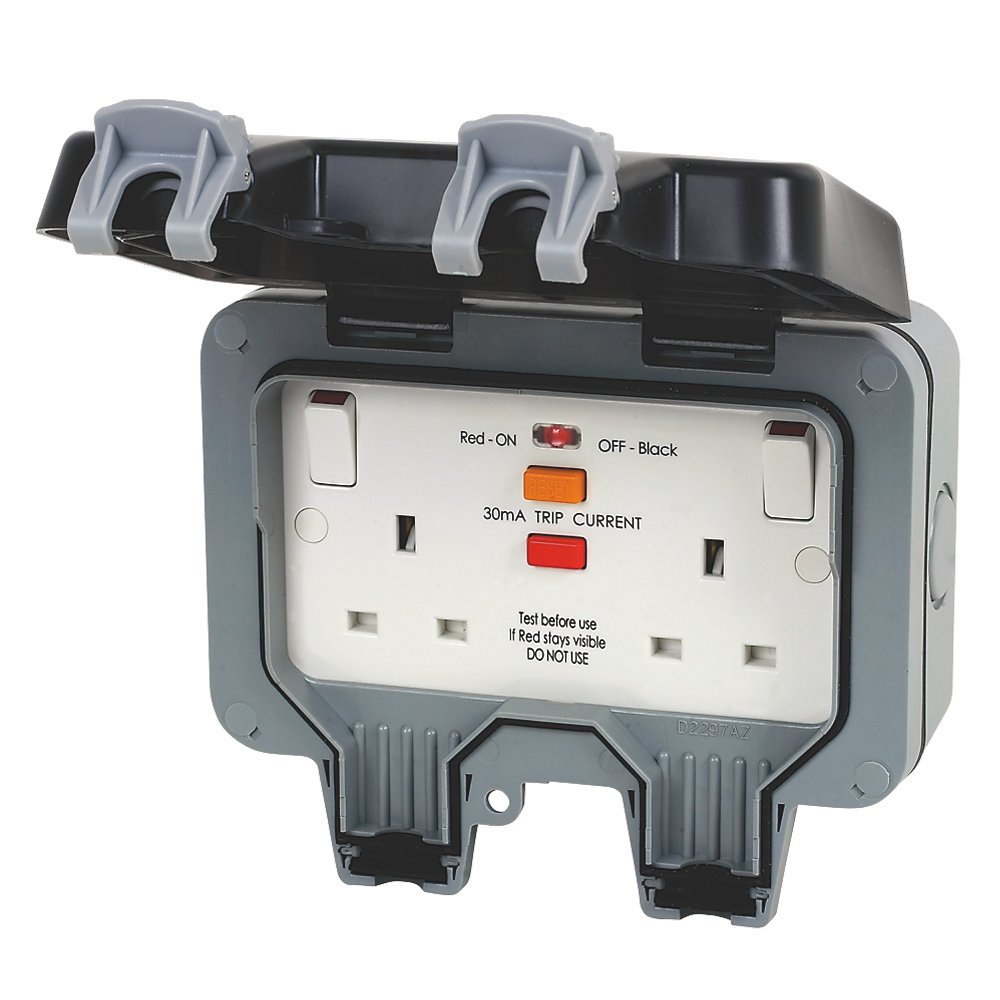I want to install a 2G outdoor RCD protected socket as pictured below. I have an existing socket inside the house exactly on the otherside of the wall where I want to place the socket. I can spur off this socket. I can remove the socket and drill straight out to feed a 2.5mm2 cable outside and spur exactly on the other side with this double exterior socket. However, I would like to be able to switch that outdoor socket off completely from inside the house. So, what I am thinking to do is install a single 1G backbox next to the current indoor socket. Then spur from the existing socket to the 1G backbox which will have a 13A fused spur and then run the outdoor socket directly from that single 1G fused spur. Will this work? And does it meet the regs?



